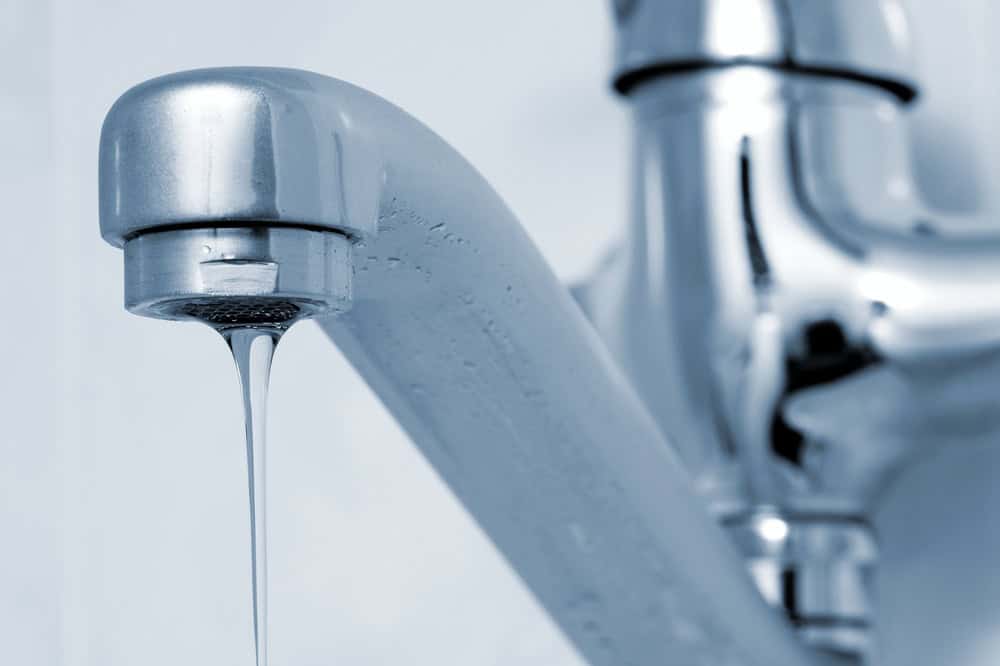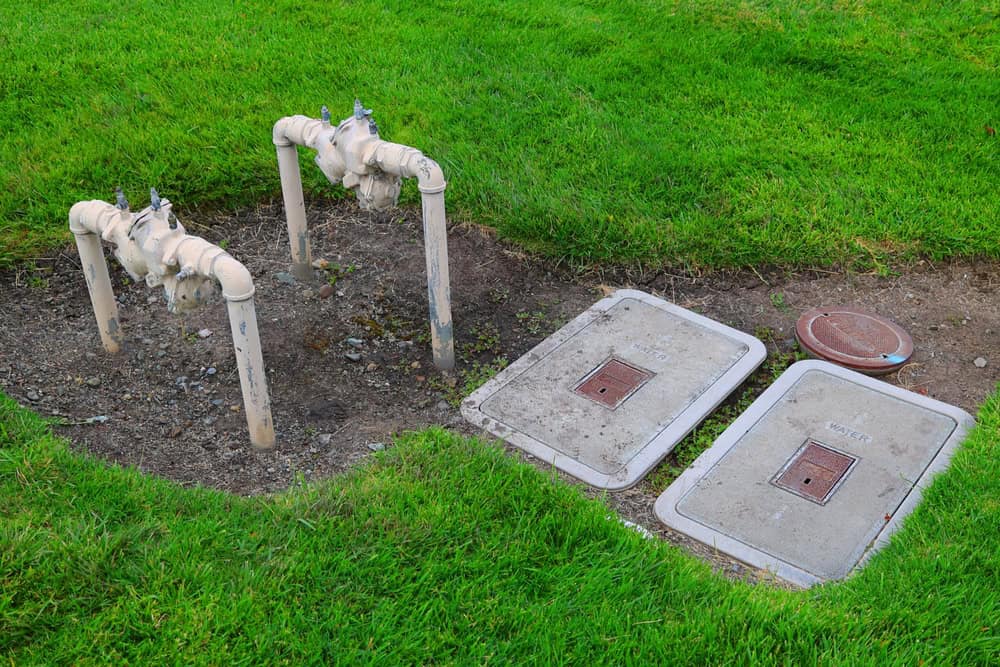Comprehensive Overview of Plumbing Systems and Key Components

Plumbing encompasses the practice, materials, and fixtures used to install, maintain, and modify systems of piping and fixtures for sanitary and storm drainage, venting, and potable water supply. It excludes water well drilling, water-softening equipment, or manufacturing/selling plumbing hardware. The plumbing system consists of three primary parts:
- Adequate potable water supply system.
- Safe drainage system for waste and stormwater.
- Proper fixtures and equipment.
Key Components of Plumbing Systems
Water Supply System
- Purpose: Brings potable hot and cold water to the dwelling.
- Primary Elements:
- Water Service Line: Short, frost-protected piping for supply.
- Valves: Includes corporation stops, curb stops, and meter stops for system control.
- Water Meter: Measures consumption; sensitive to electrical grounding.
- Pipes and Risers: Connect and distribute water to fixtures, ensuring sufficient pressure and temperature management.
Drainage System
- Purpose: Removes used water and waste through a comprehensive wastewater system.
- Components:
- Sanitary Drainage: Discharges household waste into public sewers or septic tanks.
- Traps: Prevent sewer gases from entering the home, such as “P” traps.
- Vents: Ensure consistent flow and prevent trap seal loss due to siphonage or back pressure.

Plumbing Terms You Should Know
- Air Gap: The vertical distance preventing backflow into potable water systems.
- Backflow/Back Siphonage: Undesirable reverse flow of water or contaminants into a potable supply caused by pressure differences.
- Vent Stack: Vertical vent pipes for circulation of air and gases.
- Grease Trap (Interceptor): Separates grease and debris from wastewater before entering the drainage system.
- Relief Valves: Protect against temperature and pressure buildup in water heaters.
- Trap Seal Loss: Prevention of harmful sewer gases from escaping into the home using water-sealed traps.

Key Functions of a Plumbing System
- Supply Water: Provides sufficient hot and cold potable water to all fixtures.
- Drainage: Removes wastewater to public sewers or private systems (e.g., septic tanks).
- Ventilation: Maintains air circulation and pressure throughout the system for proper wastewater flow.

Avoiding Issues in Plumbing Systems
- Use proper trap types and ensure sufficient ventilation to avoid siphonage or air pressure imbalances.
- Install fixtures and ventilation systems as per local plumbing code standards.
- Ensure the total drainage system connects seamlessly, integrating drains, soil waste, and vent systems for efficient operation.
A properly designed plumbing system ensures adequate water supply, effective wastewater removal, and safety for the household, forming a crucial component of residential functionality.
